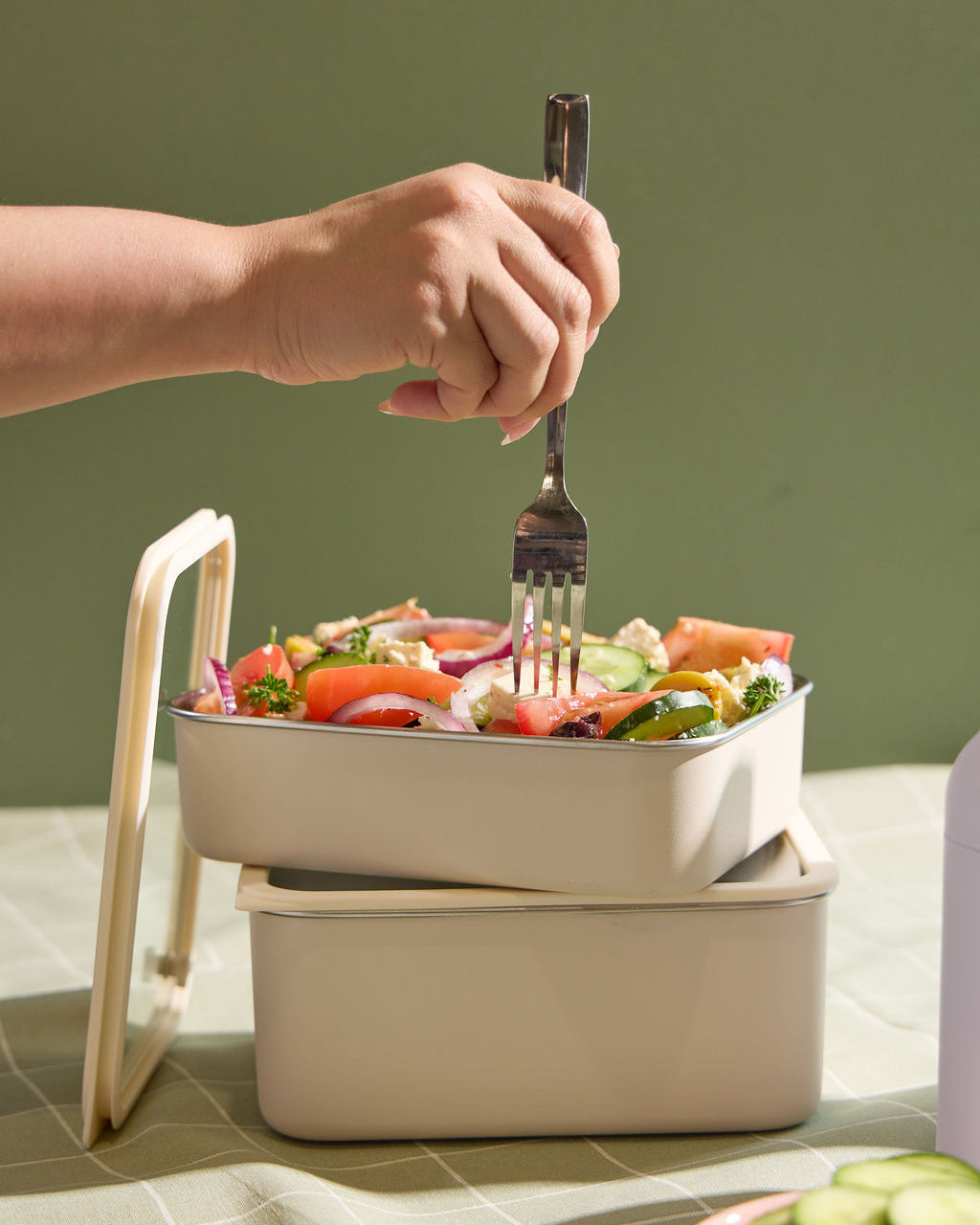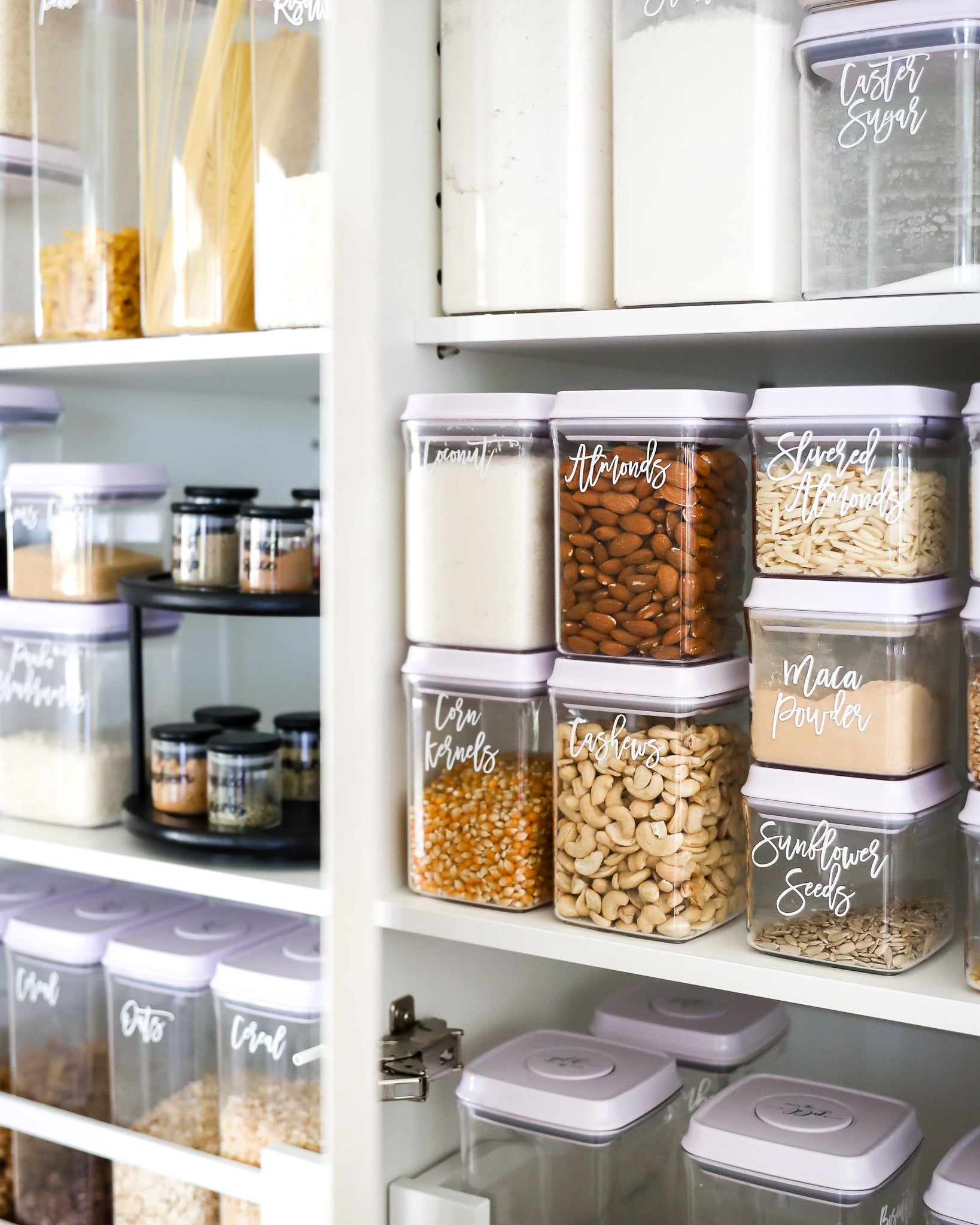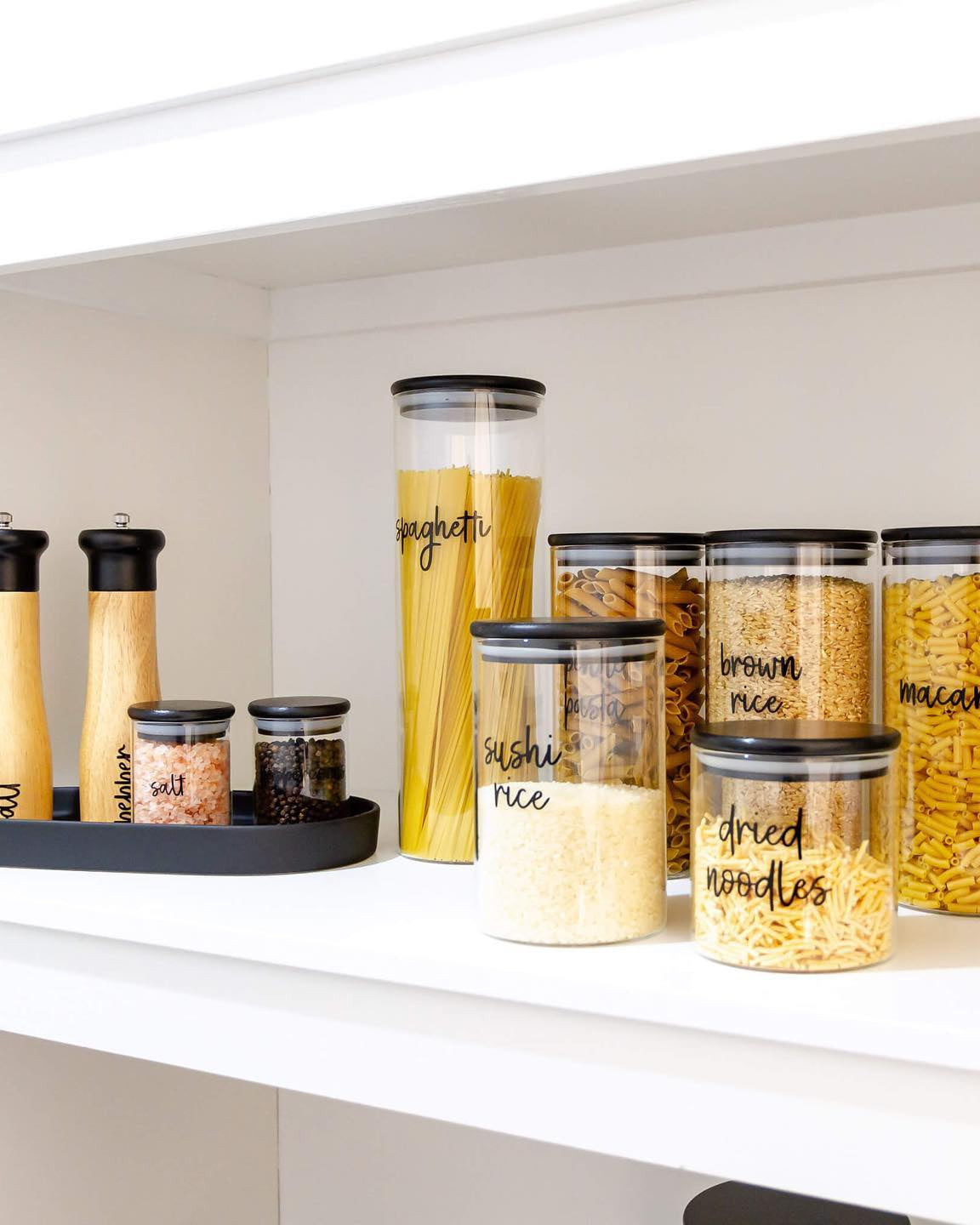Food storage containers play a key role in both residential and commercial kitchen. However, the containers save the hassle of storing bulk food supplies in a commercial kitchen. As a restaurant or a cafeteria owner, food storage containers are the best solution to preserve food and organise it effectively.
Food storage containers for a commercial kitchen are available in many shapes and sizes. They differ in their material as well as utility. So, here’s a simple commercial food storage containers guide to select affordable and durable containers.
Before Buying, Identify Your Needs And Consider The Following Things:

The Shape of Storage Containers
You can choose to either buy a round or square-shaped containers according to the kind of food. For example, go for round containers to store dry ingredients like spices, flour. Rectangular containers are ideal for storing liquids such as sauce, soup. However, round containers occupy more space than square ones.
Decide the Size of Containers
It is good to assess how much food you want to store and where you want to keep it. You can choose an appropriate size according to your kitchen and cupboard sizes. For example, multipurpose stackable containers contribute to making your kitchen look big and clean.
Use Labelled Containers to implement FIFO (First in First Out)
You need to ensure that you use the oldest food items first to avoid food loss. It can be easily achieved by using labels on your containers. You can also use custom labels as per your commercial kitchen items, including spices, vegetables, spreads, extra servings, etc.
Choose a Durable Material
Food containers are available both in plastic and glass. There are three types of base materials used: polycarbonate, polypropylene, and polyethylene.
Polycarbonate/Glass
These containers can withstand a temperature of -40 to 210 degrees Fahrenheit. You get a crystal clear view of food items stored in it that makes identification easy. However, it is an expensive option but has a high resistance to chemicals and oils. Further, they are shatter-proof and unbreakable.
Polypropylene/Translucent
An affordable option. It has a translucent appearance with 100% Bisphenol-A (BPA) free surface. You can store food in temperature conditions from -40 to 160 degrees Fahrenheit. The translucency gives you a clear view of food materials. You can buy them if you don’t want very high resistant containers.
Polyethylene/White
The most budget-friendly choice. You get a white appearance with Bisphenol-A (BPA) free surface. You can store both dry and cold food in such containers between -40 to 160 degrees Fahrenheit conditions. You get a durable and chemical-resistant construction.
Common Types of food containers:
Food Storage Boxes
You can keep your food fresh and well-organised using these boxes. In a commercial kitchen, they can be used to store large as well as small food items in bulk. You can keep large cuts of vegetables or meat before cooking.
Lid Containers
Such types of containers come with lids to keep your food sealed and fresh. Snap lid containers are airtight fit and come with a leakage-free guarantee. Buying them helps to keep your food free of bacteria and contamination. You can either go for colour coded or labelled lid containers to keep the food locked as well as organised.
Ingredient Bins
As a restaurant owner, when you buy food ingredients in bulk, you can easily store them in ingredient bins. You can use its multiple compartments to categorise food items and save your time. Moreover, they can be slid under your work station and used whenever you are in a hurry.
Pizza Dough Boxes
Dough boxes are a great storage solution for storing multiple pizza dough balls during cooking. They come in a rectangular and stackable design that prevents crusting of dough. This way, you can easily store, transport, proof and cool your dough with added protection.
I hope that the above guide for food storage containers helps you buy the most lightweight and compact designed food containers for your kitchen. For a more customised kitchen experience, I would love to create personalised labels to make your space more functional.




